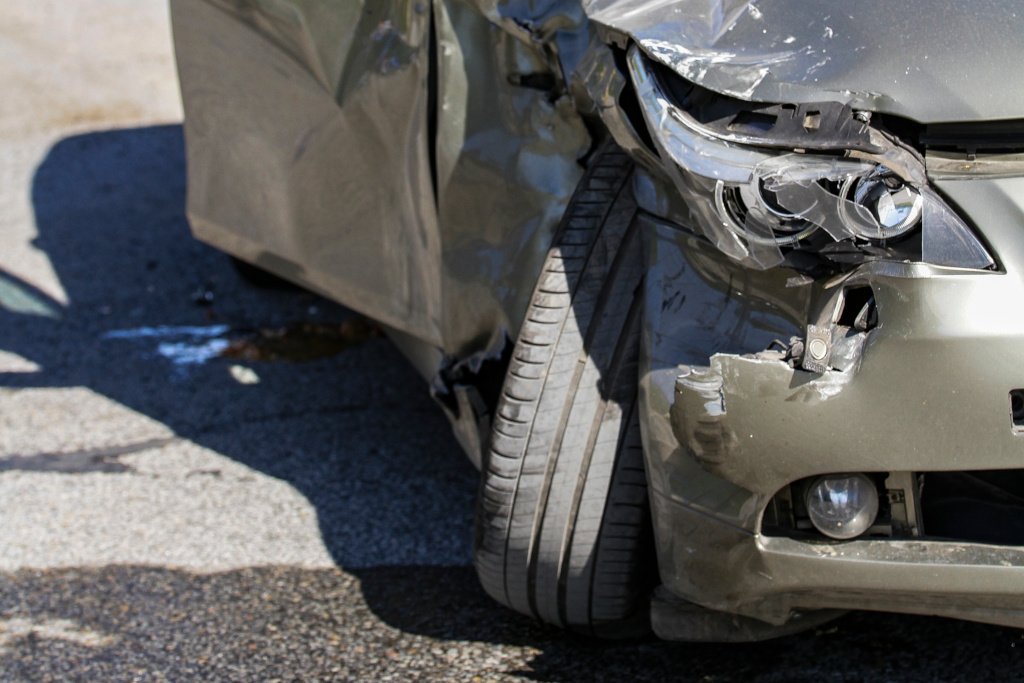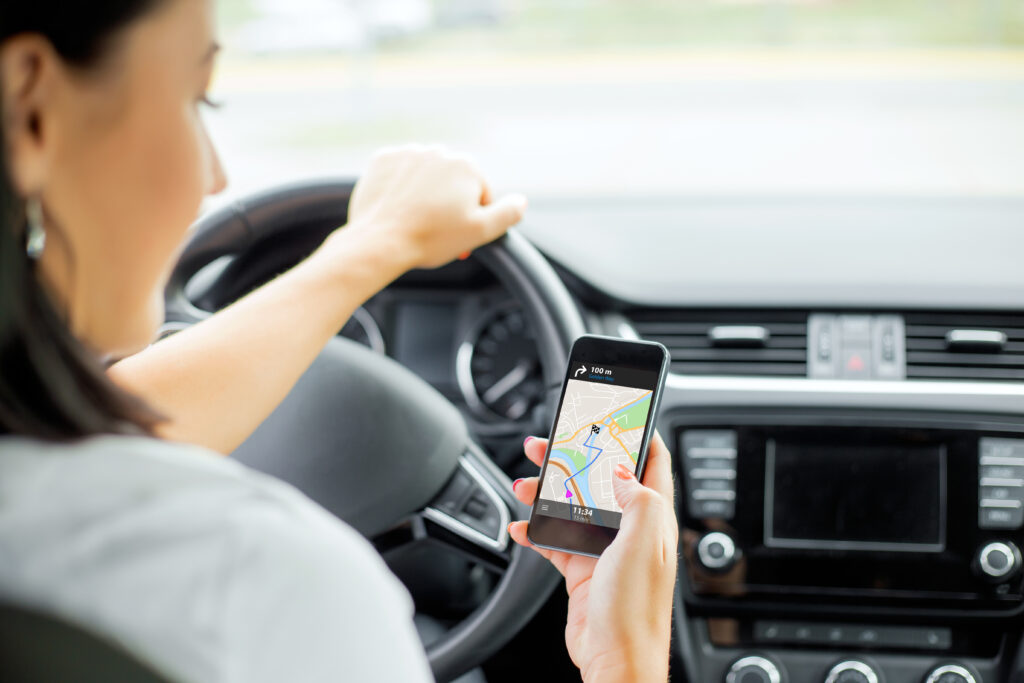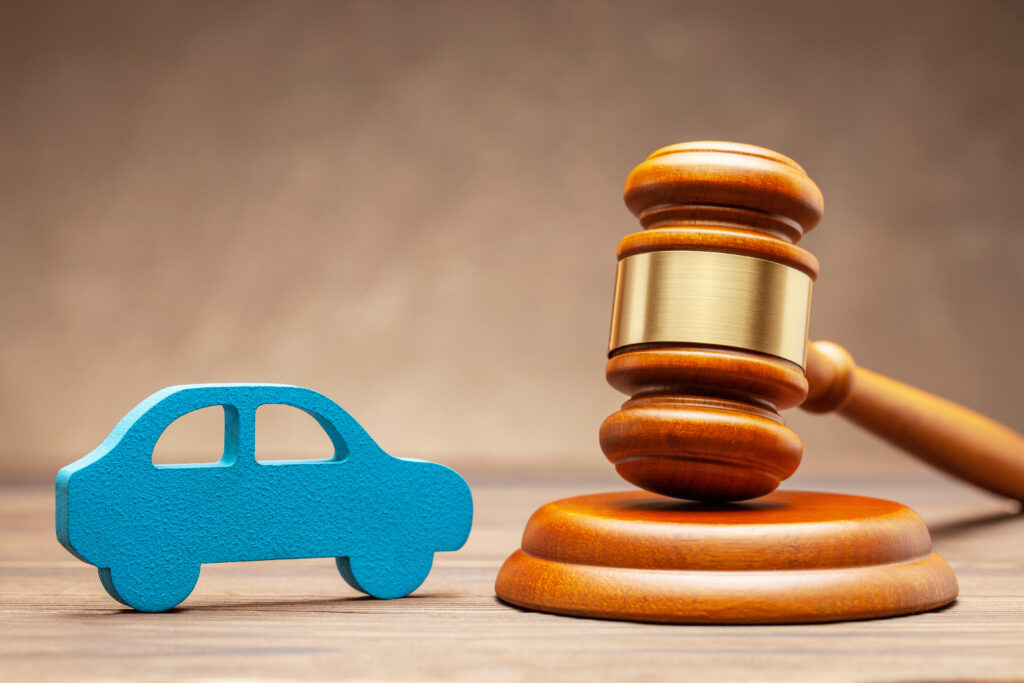Hit-and-runs are both terrifying and stressful. And, unfortunately, they’re all too common. Every 43 seconds, a hit-and-run occurs somewhere in the US.
Luckily, if you have the right coverage in place, your car insurance will cover you if you’re the victim of a hit-and-run. This includes both property damage and medical bills. In this article, you’ll learn which coverages will protect you in this situation. We’ll also break down what you should do after a hit-and-run accident.
What Is a Hit-and-Run?
A hit-and-run is when a driver hits a car, pedestrian, or other object, then leaves the scene before providing any info or help. Hit-and-runs are typically a misdemeanor, but they could be a felony charge if there’s a resulting injury or death.
Normally, after a car accident, the at-fault driver’s liability insurance pays for any expenses. However, with a hit-and-run, there is no one available to pin the blame on. This puts you on the hook for all costs if you’re a victim. If someone comes forward or is found, their liability coverage, if any, should cover the collision.
Types of Hit-and-Runs
In general, there are two major types: attended and unattended. Attended hit-and-runs refer to when a driver hits a car with passengers. Unattended is when a driver damages an empty car or another object.
For victims, the type won’t matter much. But if you’re the perpetrator, each type may carry different penalties, depending on the state. If you’re guilty of a hit-and-run, be sure to consult your state’s policies for more info.
Auto Insurance and Hit-and-Run Incidents
With the right coverages, your auto policy should pay for any injuries or damage you have after a hit-and-run. Most states have a liability insurance requirement. However, this won’t help you.
The following insurance coverages protect you from a hit-and-run:
Collision
If you end up in a hit-and-run, your car likely has some damage. Collision insurance pays for damage to your car. It will not, however, cover any injuries or medical costs. Collision is part of what many refer to as “full coverage.” When you file a claim, you must still pay a deductible.
If someone hits your parked car, it’s a common misconception is comprehensive coverage will take care of it. Since your car was technically in a collision, your collision insurance would pay for any damages.
Uninsured and Underinsured Motorist (UM/UIM)
Often, the at-fault driver never turns up after a hit-and-run. In this case, insurers treat them like an uninsured driver. This can put you in a precarious situation because now, you must cover all of the expenses from the accident. UM and UIM coverage will pay for bodily injuries and property damage after an accident.
UM and UIM are usually a cheap addition to any auto insurance policy. As with collision coverage, you must pay a deductible out of pocket when you file a claim.
Personal Injury Protection (PIP)
PIP can protect you from any injuries that you or your passengers sustain in an accident. Many states, such as New York and Michigan, require drivers to have it. PIP kicks in regardless of fault. This is why it’s so useful after a hit-and-run.
Medical Payments (MedPay)
Like PIP, MedPay coverage will pay for your medical bills after a crash, no matter who was at fault. However, MedPay may cover you if you’re a pedestrian and a car runs into you. This makes it particularly helpful in a hit-and-run situation.
Guaranteed Asset Protection (Gap)
What if someone crashes into you and totals your brand-new car? This situation gets even more complex if you’re financing or leasing. Luckily, if you have gap insurance, your provider will pay the difference between your car’s actual cash value (ACV) and the remainder of the loan.
Most of the time, lenders require you to have guaranteed asset protection. If you don’t have it, you might consider it. Without gap, you’d be responsible for paying the rest of the loan out of pocket.
Roadside Assistance
With roadside assistance, you’ll be able to get your car back up and running if it only has minor damages. All you need to do is call your insurer or service provider for help. Roadside assistance can also help tow your car if the damages are more severe.
Steps to Take After a Hit-and-Run
If you’re a victim of a hit-and-run, there are several key steps you must take. Handling the situation correctly will ensure the safety of yourself and others. It’ll also make it easy to file an insurance claim later. Here’s what you should do:
1. Stay Calm and Evaluate Your Surroundings
Hit-and-runs are a scary and mind-rattling experience. It’s okay to be freaked out. But it’s important to you and everybody else that you try to regain your cool. Once you gather yourself, see if you can remember anything about the car that hit you, e.g., license plate numbers, color, make and model, suspect’s appearance, etc.
You should also take some time to look around and assess the damages or any injuries to yourself or your passengers. This will help you later on when you go to report the accident.
2. Call 911
Be sure to call the police as soon as possible. If you need medical help, be sure to communicate that as well. The police will be able to help document the incident. Then, they can try to track down the perpetrator.
3. Gather Witness Information
Try to find any witnesses and gather what information they have. This could be the difference in finding the person who was at fault. If you parked your car and it got hit, then this is especially useful. Otherwise, there may not be any way to find the guilty party and you’d have to pay for the damages to your car.
4. Report the Accident
Depending on your state’s accident reporting requirements, you may need to file with the police and/or DMV. When there’s an accident or death, you must file a report. This is a law in all states.
In many cases, the police will already file a report for you. Be sure to check your state’s policies on accident reporting to avoid any issues.
5. File a Claim
Finally, if there’s property damage or any injuries, you’ll likely need to file a claim with your insurer. Be ready to provide an account of what happened. You’ll also need to describe, in detail, the extent of the damages or injuries (it’s helpful to take photos).
Will an Incident Claim Raise My Rates?
Filing a claim after a hit-and-run shouldn’t raise your auto insurance rates. You’re not at fault, so your insurer has no reason to think of you as a high-risk driver. Now, if this is your third claim this year, then they may go up. But if you rarely ever have to file, you should be fine. Before you file, it may be a good idea to speak to your agent or another company representative about the risk of a rate increase.
If you were the one that caused a hit-and-run and end up filing a claim, you can count on a sharp insurance premium increase. Your insurer may also label you a risky driver, making it hard for you to get a policy.
Frequently Asked Questions
What is a hit-and-run?
An accident is a hit-and-run if the at-fault driver leaves the scene without helping others or providing information. Hit-and-runs leave the victim(s) in a tough situation because they must now deal with the resulting expenses.
It’s usually a misdemeanor to leave the scene of an accident. However, if there’s an injury or death, it can become a felony.
Does liability cover a hit-and-run?
In most cases, liability coverage won’t cover a hit-and-run. It’s common for the at-fault driver to never show their face again. If this happens, uninsured motorist or collision coverage should pay for any expenses. When the at-fault driver does come forward, their liability insurance would take care of it.
Does comprehensive cover a hit-and-run?
No, comprehensive insurance will not cover a hit-and-run. If a driver hits your parked car, your collision coverage pays for the damages. This is because the incident counts as a collision, not vandalism.
How do I report a hit-and-run?
Call the police as soon as you can after a hit-and-run. They’ll be able to create a police report and, depending on the situation, report the accident to the DMV. If they don’t already file with the DMV, you may need to do so. Every state requires you to report an accident if there’s an injury or death. Be sure to check your state’s policies on accident reporting.
You should also report the crash to your auto insurance provider, even if you don’t intend to file a claim. To do so, you can call to speak with a company representative or file a claim.


